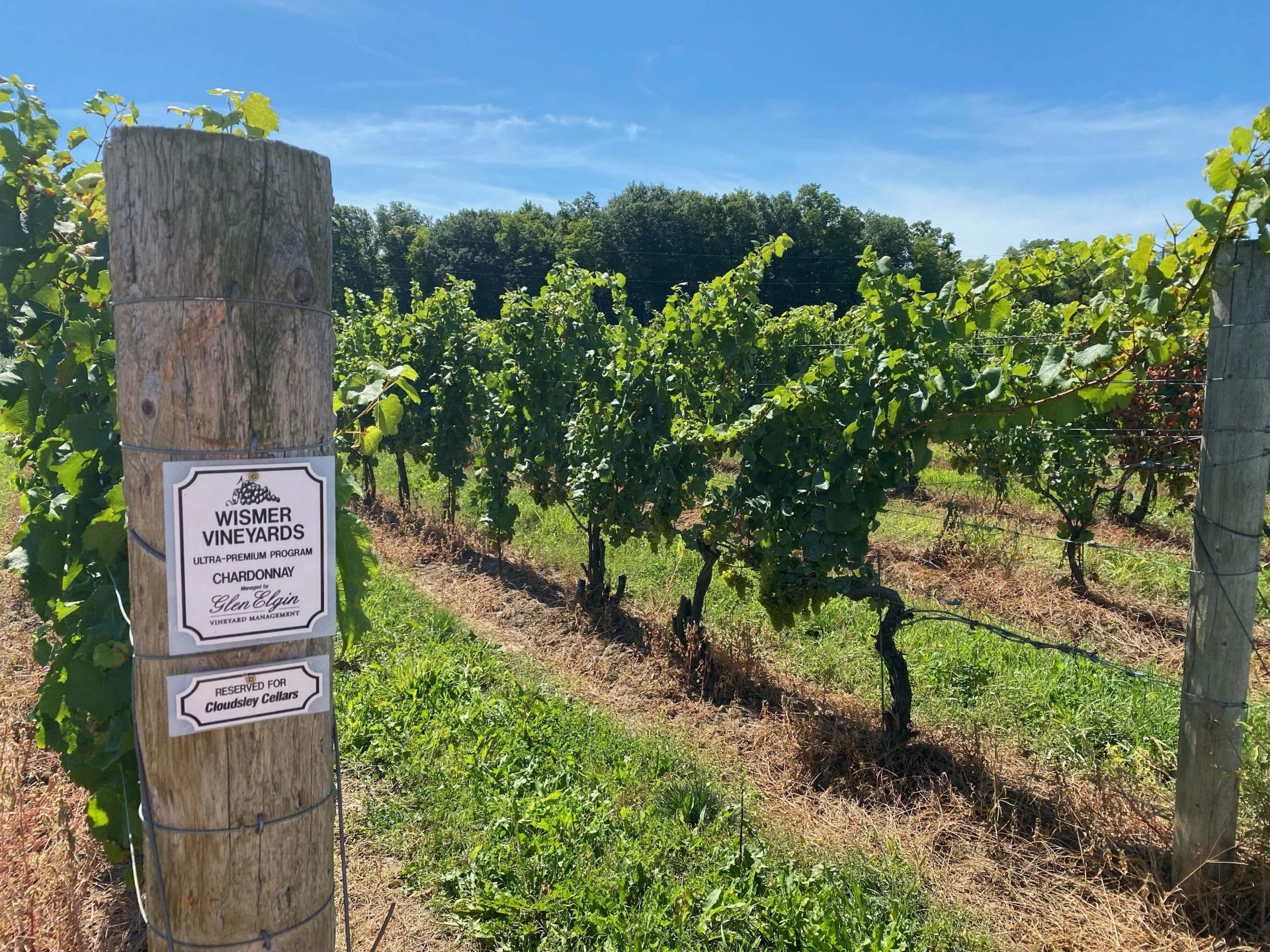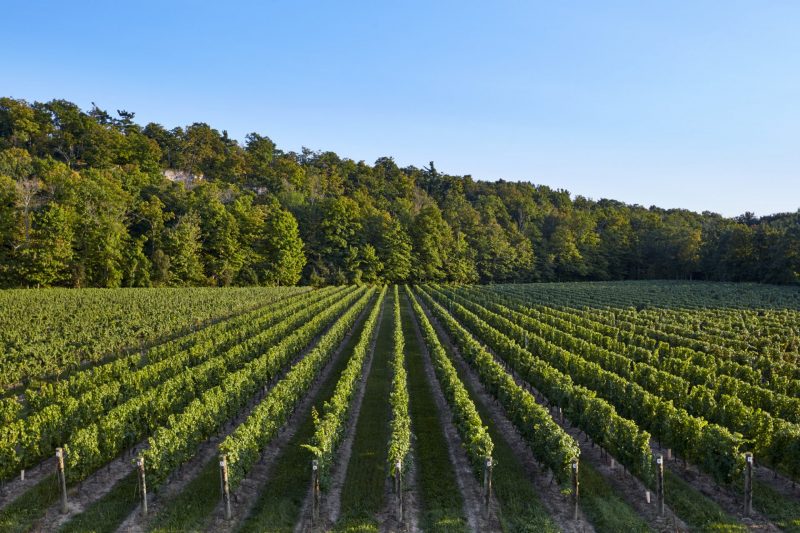Profile: Ontario Chardonnay

Niagara Chardonnay has a dual personality; you can say it is more Burgundian than most California chards, and more Californian than many Burgundies. But let us leave the international comparisons there, as any exceptional wine style or region deserves to be discussed in relation to itself.
The bulk of the Niagara region lies between the escarpment wall to the south and Lake Ontario to the north. Contained within these boundaries are 9 of the 10 sub-appellations. The sub-appellations denote differences in proximity to Lake Ontario (Lakeshores vs Benchlands), often utilizing natural borders such as the streams that bisect the Niagara region from south to north. Soils vary between clay, silt, and sedimentary deposits, exposed limestone and glacial fans, with not a lot of concern for sub-appellation borders, save for more limestone closer to the escarpment and more alluvial deposits closer to the lake. Heat units and frost threats are similar, but not homogenous. Generalizing, there are more growing degree days in Niagara-on-the-Lake. In short, there are a lot of terroir-driven details to consider. As a broad-brush stroke, expect more firmness, minerality and, dare I say, edge to the wines from the Benchlands and more fruit from the Lakeshores.

With only 30 serious years of winemaking under our belt, we are just entering into the era of being able to examine region, sub-region, site and variety in a meaningful way, mimicking the Burgundian style of regional classification. And it is wonderful to talk about St. David’s Bench compared to Lincoln Lakeshore rather than Niagara compared to Sonoma or the Maçon. Chardonnay helps us in this comparison as it is the most planted white vinifera; everyone grows it/vinifies it, and many have decades long verticals to examine. I am thrilled to be able to learn from winemakers such as Thomas Bachelder, Gabe DeMarco, Lydia Tomek, and more, as they work towards identifying the sub-appellation and site-specific characteristics of their wines.
Here are four of my favorite sub-appellations for finding excellent Chardonnay, though certainly not an exhaustive list. For an informative snapshot of the sub-appellations, check out the video series ‘Digging Deep into Ontario’s Sub-Appellations’ by VQA Ontario on Youtube. https://youtu.be/B6SRF5L_k88
Lincoln Lakeshore
Leaning Post ‘Grimsby Hillside’ Chardonnay 2019
The inaugural vintage for Leaning Post from this vineyard. It shares the flinty smoke aroma and firm mineral flavor with their estate Senchuk Vineyard, a short 800 meters apart; both are cooler sites. Lean but not lacking, it is edgy, electric. Herbal aromas, lemon zest, and tangy apple pop on the nose, and the warmer mid-palate flavors show more the oak spice and lemon curd. Despite being close to the lake, this is where the distance to the escarpment is the narrowest, and you can really see both influencing the wine style.
Beamsville Bench
Cave Spring ‘CSV’ Chardonnay 2020
This has the nose of a warm vintage wine but the surprise of tension and minerality on the palate. What a best of both worlds this is! Bold aromas of rich fruits, spice and yeasty lees, this will only become more interesting. The tension, that stoniness, plays beautifully with moderate alcohol, fine acidity and creamy texture. A steal for the price.
Twenty Mile Bench
Cloudsley Cellars ‘Foxcroft Vineyard’ Chardonnay 2020
Exciting on both nose and palate. Aromatically, the oak is still a bit in the foreground, followed closely by a mix of fresh and ripe orchard fruit character. The texture is that of high quality, well-made, barrel aged Chardonnay; lingering oak phenolics grip slightly and the body is exceptionally well balanced with acidity. It has the complexity to show beautifully at 5-7 years of bottle age.
St David’s Bench
Ravine Vineyard ‘Reserve’ Chardonnay 2020
This area is in the warmer Niagara-on–the-lake, though it is a true bench in that it has higher elevation and abuts the escarpment, which at this point is less high than to the west. There is a generosity and opulence to the nose, with ripe citrus and baked apple, barrel spice, stone fruits, florals. On the palate, a creaminess is framed in fresh acidity and delicate grippiness; long, concentrated finish.
Feature image credit: Cloudsley Cellars
